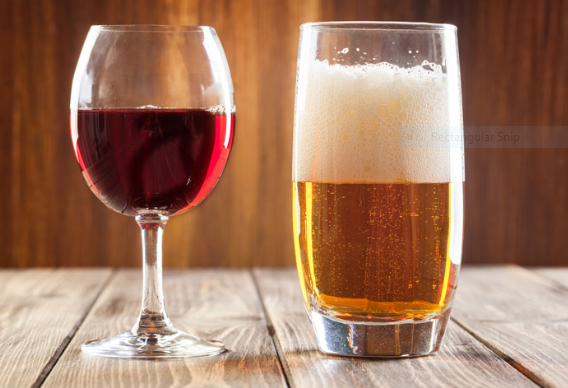It’s a fast-changing world in the alcohol business but beer remains the industry leader in consumer preference and alcohol consumption per capita. For the third straight year, beer sales by volume have shown a modest increase. Beer tax collections in N.C. were up 0.63% through November and U.S. sales growth was up 1.5% in 2021, according to Beer Marketer’s INSIGHTS.
Market Leaders Anheuser-Busch and Molson Coors remain the dominant players with a combined market share of 58%. In 2008, the two companies had a combined 78%. Rising fast are Constellation Brands and Boston Beer.
Top Beers in Dollar Sales Modelo Especial is now the #2 beer brand in the U.S., trailing only Bud Light. The rest of the top 10 includes Michelob Ultra, Coors Light, Corona Extra, Miller Lite, White Claw, Budweiser, Truly and Busch Light.
Seltzer Slows After three years of triple-digit growth, seltzer slowed down in 2021 with only a 6% rise. Two seltzers—White Claw/Mike’s and Truly—dominate a market with a combined market share of 72.9%. Anheuser-Busch and Molson Coors seltzers account for a combined 18.4% share, which leaves only 8.7% for nearly 1000 other competitors.
Of the top 100 beer brands, 35 of them are either seltzers or Flavored Malt Beverages (FMBs). The two segments combined account for 17.5% of all beer dollars and 13.5% in volume sales. Twisted Tea, made by Boston Beer, is now the runaway leader in FMBs.
Craft Rebounds As consumers returned to taprooms, craft beer made a comeback with 7% growth in 2021, following a disastrous start to the pandemic. Craft took a 9% hit in 2020. Larger, established brands are taking a higher percentage of market share. Sierra Nevada and New Belgium, both made in North Carolina, are growth leaders. Fun fact: 42% of the U.S. craft market is in the IPA style.
Cloudy Future for Wine?
That’s an ominous headline because there’s a mixed bag of data for wine and its prospects for future growth. While 2021 proved to be a mostly positive year for the U.S. wine industry, there are some serious challenges ahead as younger consumers are looking elsewhere for their favorite drinks.
The Good News According to state excise tax figures, wine tax collections in N.C. are up 7.27% year-to-date through November 2021. Wine is taxed by the liter so the tax collections are a close reflection of volume sales. North Carolina’s numbers are significantly better than national data of -0.5% (Impact Databank, Wine Spectator).
As a rule, consumers are “drinking better” and moving away from lower-priced wines and toward higher-priced premium wines. Premium wine sales were up 21% in 2021 and the average price per bottle was $22.58. The leading growth segments in wine include prosecco, red blends, rose and sauvignon blanc.
The Flipside With the post-Covid reopening of restaurants and bars during 2021, it was reasonable to assume that on-premise wine sales would rebound, and they did—-up 19.7 percent from 2020. But, despite that, on-premise wine numbers remained down 8.7% when compared to 2019 (SipSource). Why? Rob McMillan of Silicon Valley Bank opines in his annual report (SVB Report) that today’s dining-out patrons have been turned off by hefty markup prices by many restauranteurs. Conversely, liquor and cocktail sales at restaurants are taking market share away from wine.
Changing demographics offer perhaps the biggest long-term challenge for the wine category. Wine-loving baby boomers are aging out while the millennial generation is more enthusiastic about spirits, seltzers and low/no-alcohol products.
New Players Enter Alcohol Space
The traditional lines in the alcohol business are becoming more blurry. Liquor-based canned cocktails doubled in sales last year, led by Gallo’s High Noon (30% market share) and A-B’s Cutwater (13%). However, liquor-based canned cocktails are only about 1/6 of the overall sales of seltzers.
Other New Entrants Three of the biggest players in the beverage business have made moves to enter the alcohol business. Coca-Cola made a big splash in 2021 by partnering with Molson Coors to produce Topo Chico Hard Seltzer. Now Coke is expanding that partnership to make Simply Spiked Lemonade.
Pepsi hopes to launch Hard Mountain Dew in spring 2022 through a brewing arrangement with Boston Beer. Energy drink company Monster purchased CANarchy, a craft beer conglomerate which includes Oskar Blues and Cigar City.
